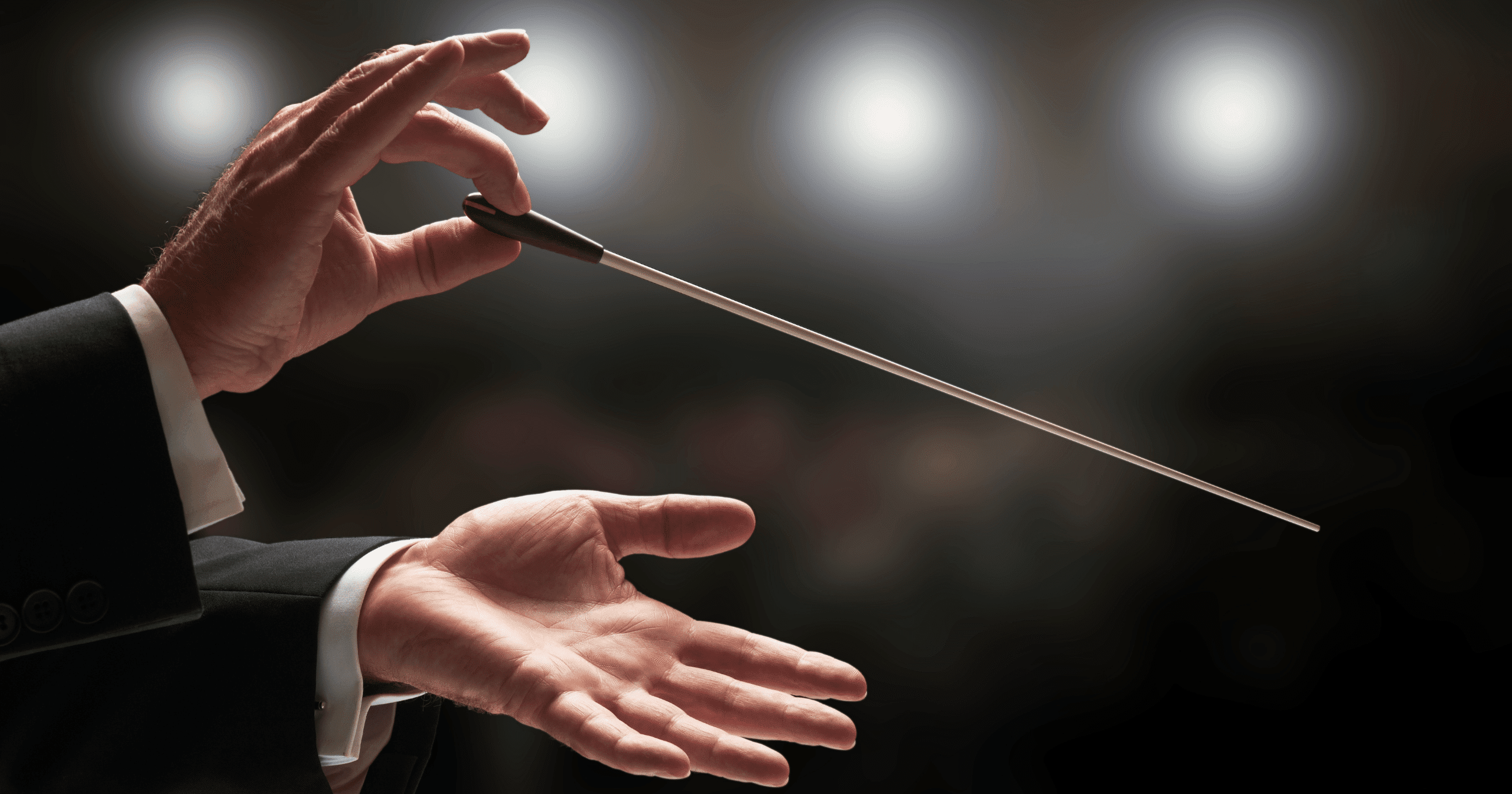Conducting is “the art of directing the simultaneous performance of several players or singers by the use of gesture.”
It is said there would be not have been orchestra (or opera) without conductors, clearly necessary for the greatest musical treasures bestowed to us throughout history.
But did you know the origin of conducting began in the Catholic Church, during the Middle Ages?
Early music, that is, vocal church music as far back as the 5th century, needed some central direction from a leader who coordinated singers using their hands – an early form of conducting called cheironomy.
In the Church, the person coordinating music held a staff to signify their role. As music became more complex over time, the staff became integral to their practice, moving up and down and in other fashions to indicate the beat and timing of the performance.
The staff acted as an early form of the conductors baton, and paved the way for modern conducting that gave rise to Western classical music.
Watch below a humorous rendition of Gustavo Dudamel, a modern day renowned conductor who in 2007 gave an 80th birthday concert for Pope Benedict XVI:
Also watch Dudamel conduct Dvorak’s Symphony No. 9 Movement 4 with Benedict XVI seen in the audience:















The conducting is my dream. They are so talented. They have professional knowledge and a lot of experience. I really appreciate them. I also want to join the concert to meet them. baldi’s basics